Wegmans Salmon
From responsible sourcing to our range of product choices, you can feel good about salmon from Wegmans.


From responsible sourcing to our range of product choices, you can feel good about salmon from Wegmans.
We’re proud to offer a wide selection of salmon to fit every taste and budget.
We believe that eating salmon is a delicious way to improve your health. So, we’ve partnered with the world’s best fishers and responsible farmers, and sourced multiple species from around the globe, to bring you the right salmon for your taste and budget. Our boots-on-the-dock relationships with our suppliers and best-in-class handling ensure incredible flavor and quality, no matter which salmon you select for your family.
We take great care in sourcing and cutting our salmon for you. Our farm-raised fish are shipped whole to preserve peak freshness. Once cut into sides, our fishmongers then decide on how to best break down each individual piece, so you’ll enjoy whatever cut you purchase. Here are some of our favorite cuts and ways to cook them.








Our most premium cut! A centerpiece for sharing.
Grill, bake, smoke

Convenient, skinless pieces
Stir-fry, soups or chowders

Our most decadent cut! Rich & flavorful.
Pan-sear

Tender, flaky texture
Grill, bake, pan-sear

Naturally thinner than fillets, so quicker to cook
Pan-sear, sauté, broil

Great value
Grill, bake, broil
Packed with protein and Omega-3s, salmon is a delicious way to improve your health.
Whether wild-caught or farm-raised, salmon is an excellent way to get more protein, micronutrients, and heart-healthy Omega-3s. In fact, the USDA and other leading health authorities suggest you should eat at least two 4-oz servings of fish per week (less for young children), particularly certain kinds of oily fish, such as salmon.
Q: Is the Omega-3 content different between wild salmon and farmed salmon?
A: The fat content for salmon depends largely on what they eat. Wild salmon generally eat algae, small fish, and plankton; farmed salmon eat feed that’s usually a combination of plants, grains, and fishmeal formulated to promote higher Omega-3s. Our nutritionists report that farmed salmon are generally fattier than wild salmon, which means slightly higher amounts of all types of fats, including Omega-3s. Wild and farmed salmon contain some of the highest Omega-3 amounts of any food—eating salmon is a great way to add this important nutrient to your diet.
Q: Should I be concerned about the ratio of omega-6s to omega-3s in salmon?
A: The importance of the “Omega-6: Omega-3 ratio” is a matter of debate. While the ratio of Omega-6s to Omega-3s will vary, the ratio is generally higher in farmed salmon, and some believe this promotes inflammation that negatively affects health. However, there is a lack of scientific consensus on whether there is an “ideal” ratio (for individual foods or overall diet). Most experts agree we should focus on our pattern of eating (rather than individual nutrients) and that salmon is a good choice to promote health and reduce the risk of disease.
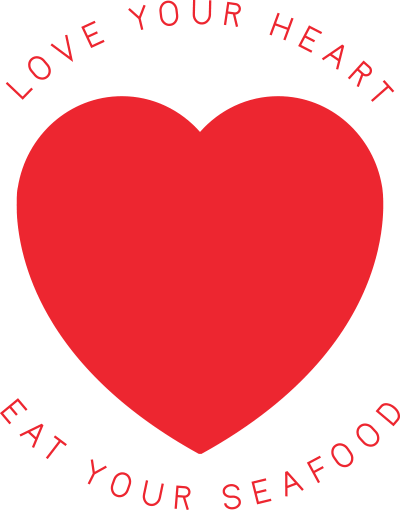
(Per 4 ounce cooked portion)
Health organizations suggest an intake of at least 250 to 500 milligrams of omega-3 EPA+DHA per day. The American Heart Association recommends 1,000 milligrams of EPA+DHA per day for patients with coronary heart disease, and two meals of oily fish per week for people without heart disease.
If you are not able to meet the omega-3 recommendation from seafood, then consider supplementing with omega-3 EPA + DHA capsules.
We’re proud to offer a wide selection of salmon to fit every taste and budget.
From American to Sockeye, salmon are diverse and offer different qualities and flavors for everyone. For example, Alaskan Sockeye Salmon have a distinctive deep red color and rich flavor. Our farm-raised Atlantic Salmon is consistently mild in flavor and very kid-friendly. Though each variety looks and tastes different, we love them all. And because you can prepare and enjoy salmon so many ways, we want to offer you a delicious variety to choose from.
Our fresh, wild-caught salmon is sourced from the pristine glacial waters of Alaska.
Starting in mid-May, the Copper River area of Alaska is the official opener of the wild Alaskan season. Copper River Sockeye and King Salmon are the only fish caught for the first two weeks, until other areas are opened to fishing by Alaskan Fish and Game. After Copper River and running until June 1, most of the fish are caught in Prince William Sound.
On June 1, the Cook Inlet area opens and the catch of Sockeye and King Salmon increases dramatically, as more salmon start making their way toward the rivers of Alaska. Soon after, Bristol Bay opens and runs through July.
In August, Coho salmon begin to make their way back to Alaska; the main catch area is the Upper Cook Inlet. King Salmon season ends and the Sockeye Salmon season slows down.
Greg Favretto and his family-run company, Favco, have been a Wegmans partner since 1996, sharing our same commitment to responsibly sourced seafood. Greg works exclusively with small family-owned dayboats that catch and bring back daily harvests. “When this wild-caught fresh salmon comes to us, it’s only been out of the pure Alaskan waters for 24-48 hours,” says Greg, a San Francisco-area Vietnam veteran who founded Favco in 1974 after falling in love with Alaska’s breathtaking beauty. Favco still does things the old-fashioned way—hand-cutting, hand-filleting, and hand-packing each fish they sell, which provides an extra level of attention to detail and care in the processing. They responsibly harvest Sockeye, King, and Coho Salmon from some of the world’s purest waters along Alaska’s Beluga Point and Fire Island sites near Cook Inlet.
“We ship non-stop direct to individual Wegmans stores. When the seafood manager opens the box, there’s Alaskan air in there!”
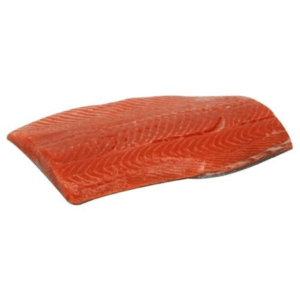
Also known in Alaska as Chinook Salmon. Highest of all Alaskan Salmon in Omega-3 content, extremely succulent and delicate texture with rich flavor.
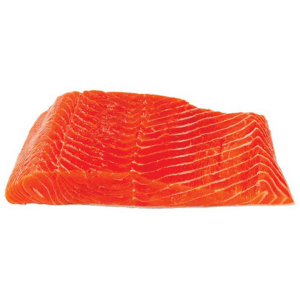
Also known as Red Salmon in Alaska. Firmest flesh of all Alaskan Salmon, much leaner than King or Coho – with a full, rounded flavor.
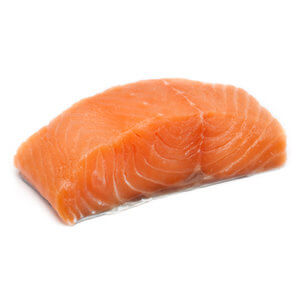
Also known as Silver Salmon in Alaska. Similar texture to King Salmon, very high in Omega-3s, with a milder delicate flavor.
From shipping methods that preserve freshness to proper handling in stores, we take steps to ensure high quality throughout the supply chain.
Most farm-raised salmon are pre-filleted—cut into either skin-on or skinless sides of salmon—before entering the United States. This method of “process first, then ship” helps save on freight costs, but ultimately impacts the quality and freshness. Like an apple, the minute you slice into it, its precious freshness decreases much more rapidly than it would have had it stayed whole.
We do things differently. Once harvested, our fish are immediately gutted (to remove unwanted bacteria and digestive enzymes) then shipped out whole. This method of shipping is costlier, but the best way to preserve the freshness and integrity of the fish. Our local partner processors (based in Rochester, NY and Elkridge, MD) then cut into the salmon just hours before it arrives in our stores, where it is then further processed into various types of cuts by our trained fishmongers.
When it comes to overall quality, proper handling is equally as important as preserving the freshness of the fish—and the two often go hand in hand. We have zero tolerance for any process that results in the breaking of a temperature-controlled supply chain. We also have special instructions on how our fish is physically handled and use special methods to limit undesirables such as discoloration, gaping, and scales.
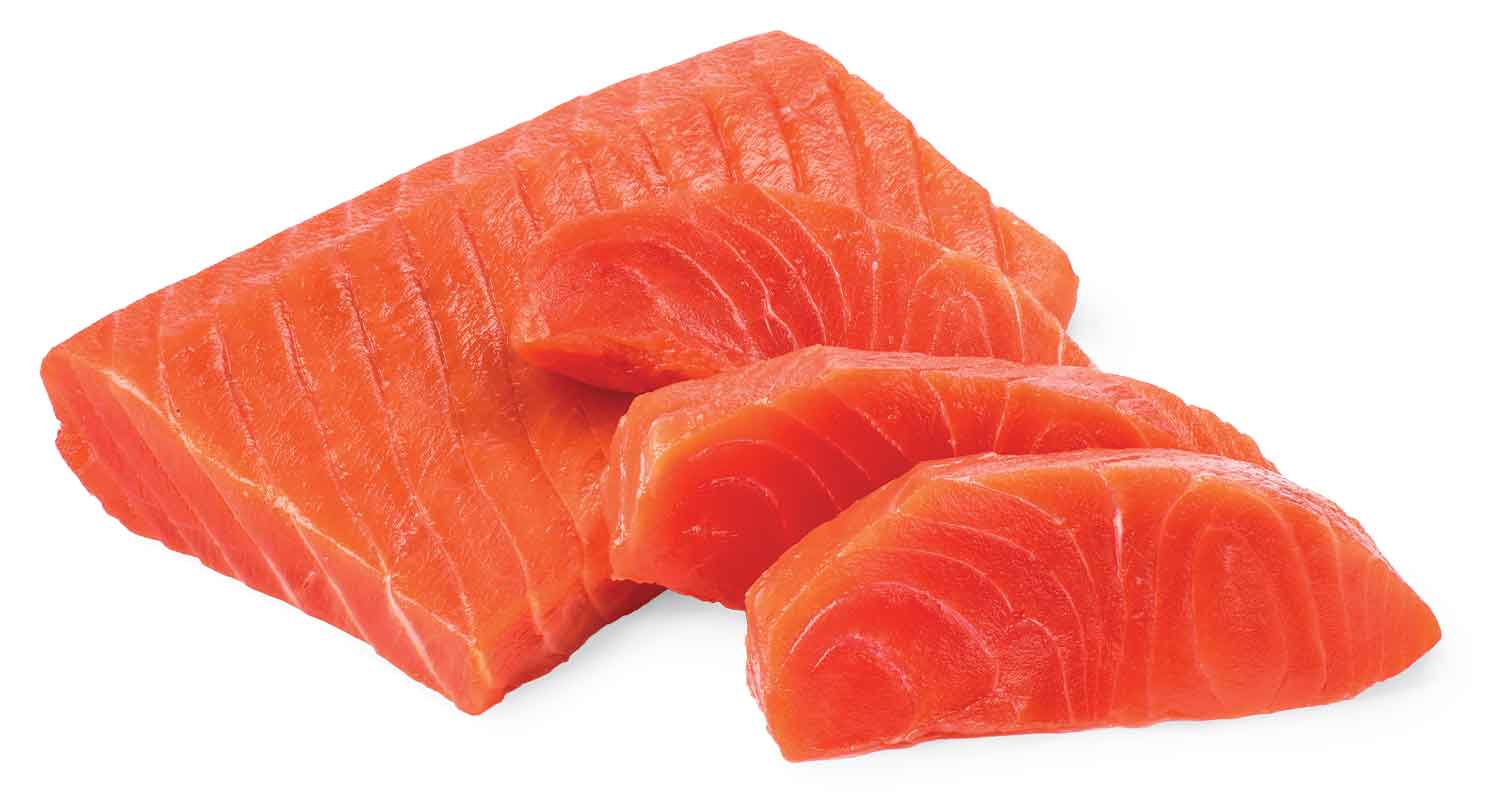
We do all of this because we believe it results in a higher quality product for you and your family.
We make sure the salmon we select meets strict criteria for responsibility, traceability, third-party certifications, and more.
We’ve always maintained high standards for quality and we’re forever pushing to make them even higher, which is why we make sure the salmon we select meets strict criteria, including:
In addition to third-party certifications, we also send our seafood experts to the source because we understand you want to know where your food comes from.
We work with carefully selected suppliers so we can offer fresh, high-quality salmon year-round.
Did you know that all salmon—farm-raised or wild—begin their life in fresh water? Only after they go through distinct physiological stages that prepare them for their permanent habitat do they transition into salt water. There, wild salmon continue to grow and, after reaching maturity, eventually embark on a long journey back to the river where they were born to spawn. Farm-raised salmon will also continue to grow in salt water ocean pens until they’re ready for harvest.
Some species like Sockeye and King (Chinook) Salmon are mostly sold as wild-caught and only seasonally available (as fresh, never frozen). Atlantic Salmon, however, is almost exclusively farmed and available fresh year-round.
Thanks to modern advancements within aquaculture, farm-raised salmon is generally considered one of the most eco-efficient forms of animal protein production that exists today. Compared to most land-based meat production, salmon production has a relatively low carbon footprint.
Our Seafood Merchants visit the aquafarms and only choose to work with farmers who share our high quality standards and commitment to responsible sourcing.
Salmon’s versatility and mild flavor make it the star of many delicious dishes.